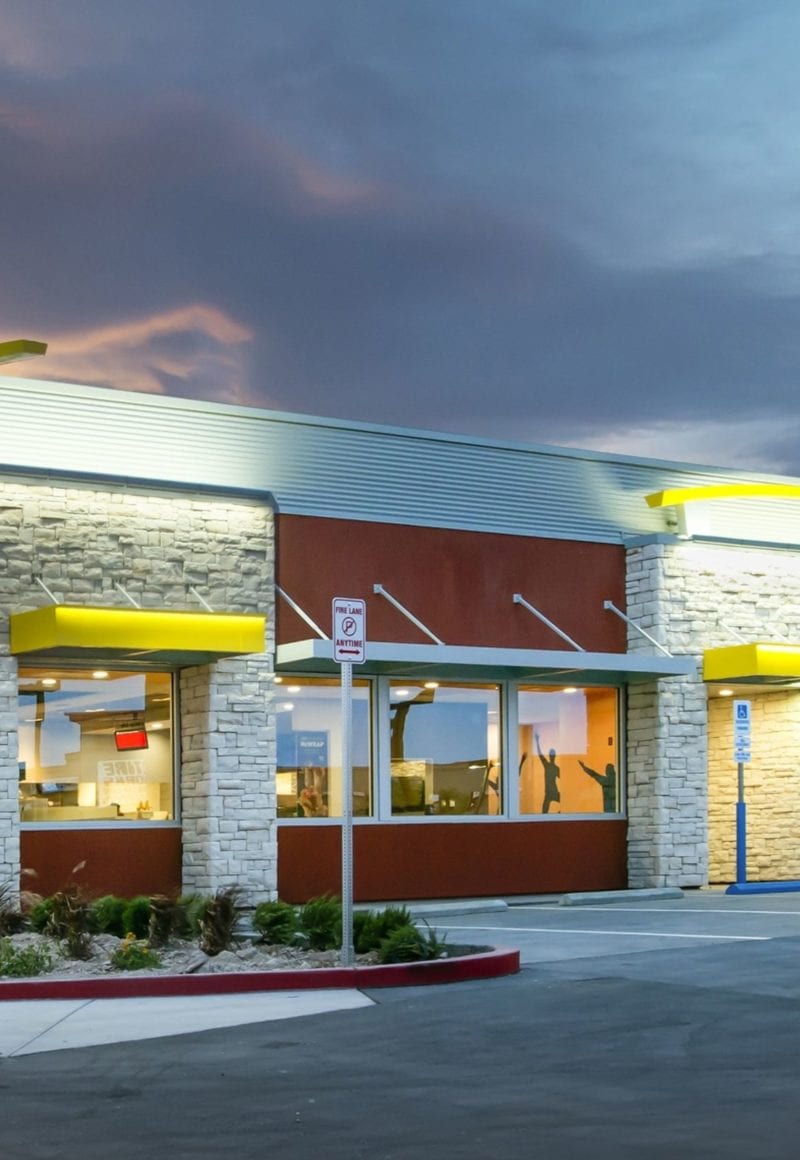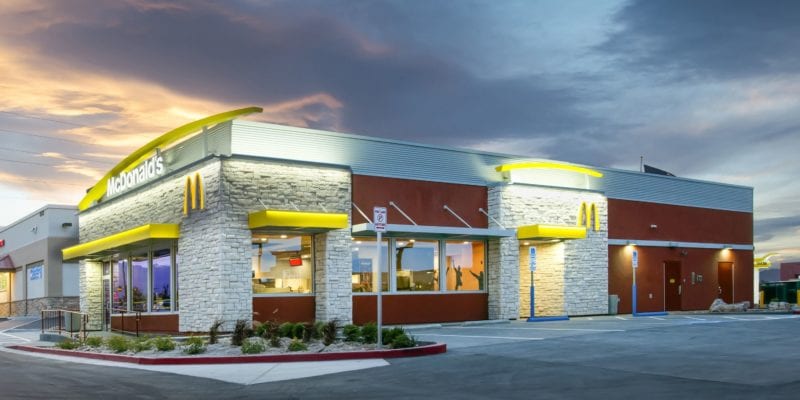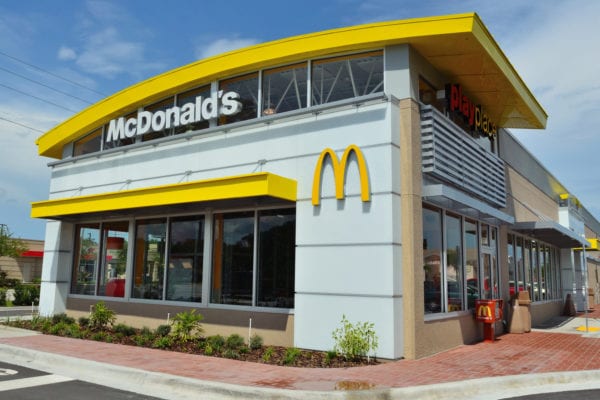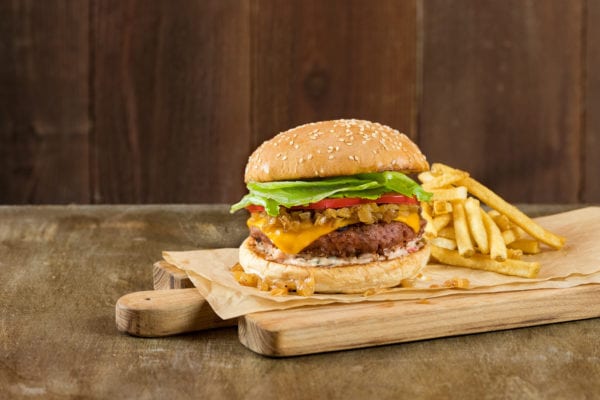Skift Take
Fortunately for McDonald's, many of its rivals are running into similar challenges, both with franchisees and with the speed of implementation. At the end of the day, two years isn't that much when you're talking thousands and thousands of restaurants.
— Jason Clampet
McDonald’s Corp. is slowing the pace of domestic restaurant remodels that Chief Executive Officer Steve Easterbrook has championed since he took the helm in 2015.
The world’s biggest restaurant chain, which had originally planned to update most of its free-standing U.S. locations by 2020, is now giving its franchises until the end of 2022 to do renovations that include additions like self-order kiosks, new systems for more delivery orders and even extra drive-thru lanes at some locations.
The extended timeline comes as the burger chain faces pushback from its franchisees, who own and operate more than 90 percent of global locations. Those owners gathered in October to discuss cash flow and financial concerns, and they are scheduled to meet again next month. Although McDonald’s has said it will contribute more than half of the funds to upgrade the restaurant locations for remodels completed by the end of 2020 and 40 percent for projects that take another year or two, the costs are still high for restaurant owners.
“This is a response to some of the franchisees’ concerns,” said Bloomberg Intelligence analyst Mike Halen. “The franchisees recently met because they’re not happy with their profitability now. To me, this looks like an answer to that.”
McDonald’s independent group of franchisees, the National Owners Association, didn’t reply to requests for comment. A spokeswoman for McDonald’s declined to comment on the extended timeline but sent an emailed statement on changes at the company.
“Our growth strategy remains rooted in making positive food changes, offering new restaurant experiences and providing our guests better value,” spokeswoman Andrea Abate wrote in the email, noting that about half of locations have been modernized already. “The adjustments we are making will allow us to continue on this path and provide greater local operator flexibility.”
In 2017, Easterbrook said the company’s goal was to remodel most of its 14,000 domestic locations to the so-called Experience of the Future look by 2020. But on the latest earnings call, the company said the upgrades were taking longer than expected, crimping sales and customer traffic for franchisees even after reopening.
“Restaurants have experienced a little longer downtime than we expected, so we’re focused on limiting that in order to minimize the impact on sales and guest counts,” Chief Financial Officer Kevin Ozan said on the call last month. “The sales and guest count recovery period after we complete a project has also been a little inconsistent, so we’ve put processes in place to execute strong grand reopening plans.”
Fast-food chains across the industry have been trying to revamp restaurants to attract more diners in a fiercely competitive marketplace, where steep discounts have become the norm. Minimum wage hikes, along with a tight labor market, also are hurting franchisees, Bloomberg Intelligence’s Halen said.
“While these companies are generating record earnings, the franchisees are really struggling,” he said. “You have to keep the franchisees happy or things can turn ugly fast.”
©2018 Bloomberg L.P.
This article was written by Leslie Patton from Bloomberg and was legally licensed through the NewsCred publisher network. Please direct all licensing questions to [email protected].
![]()






